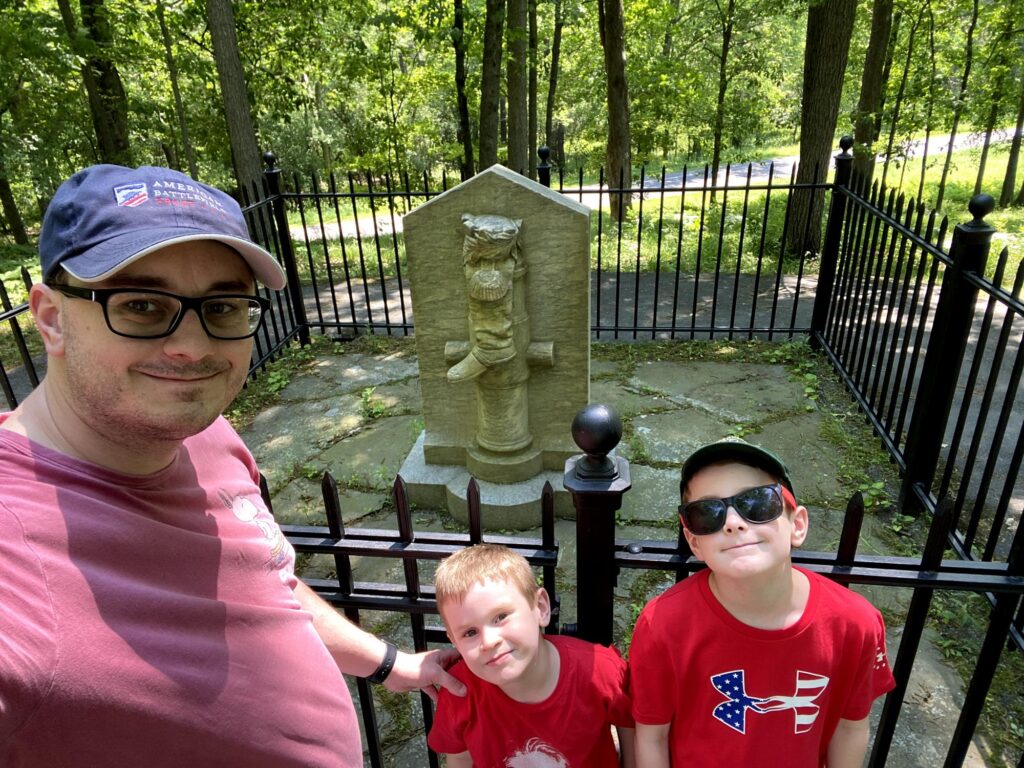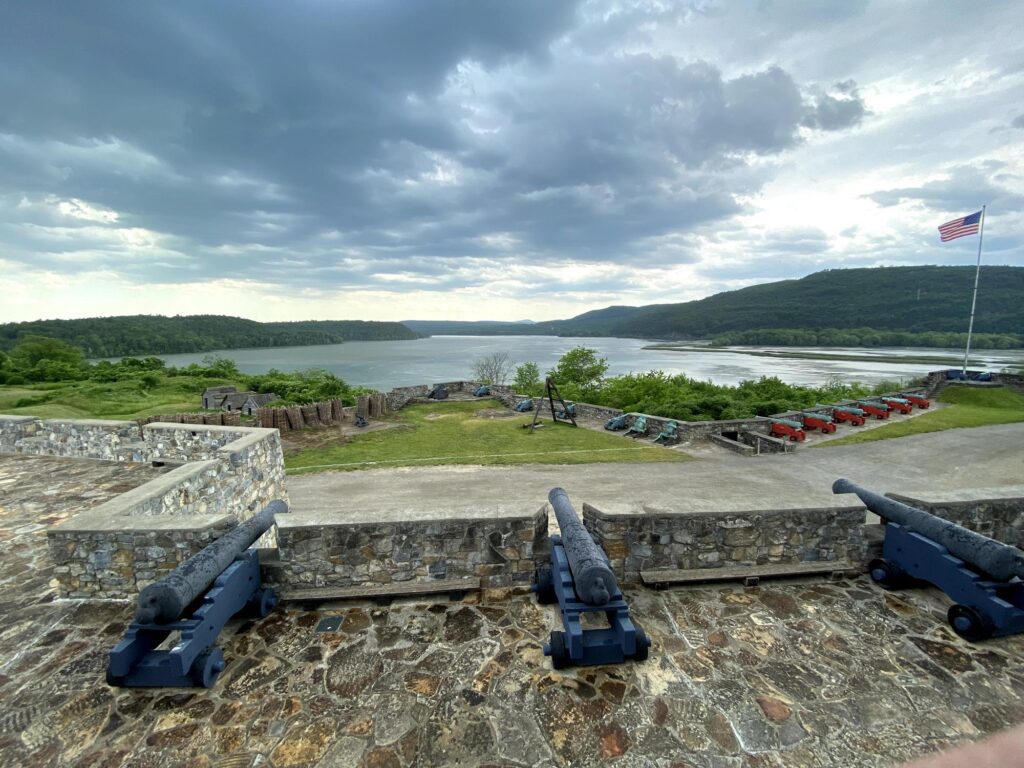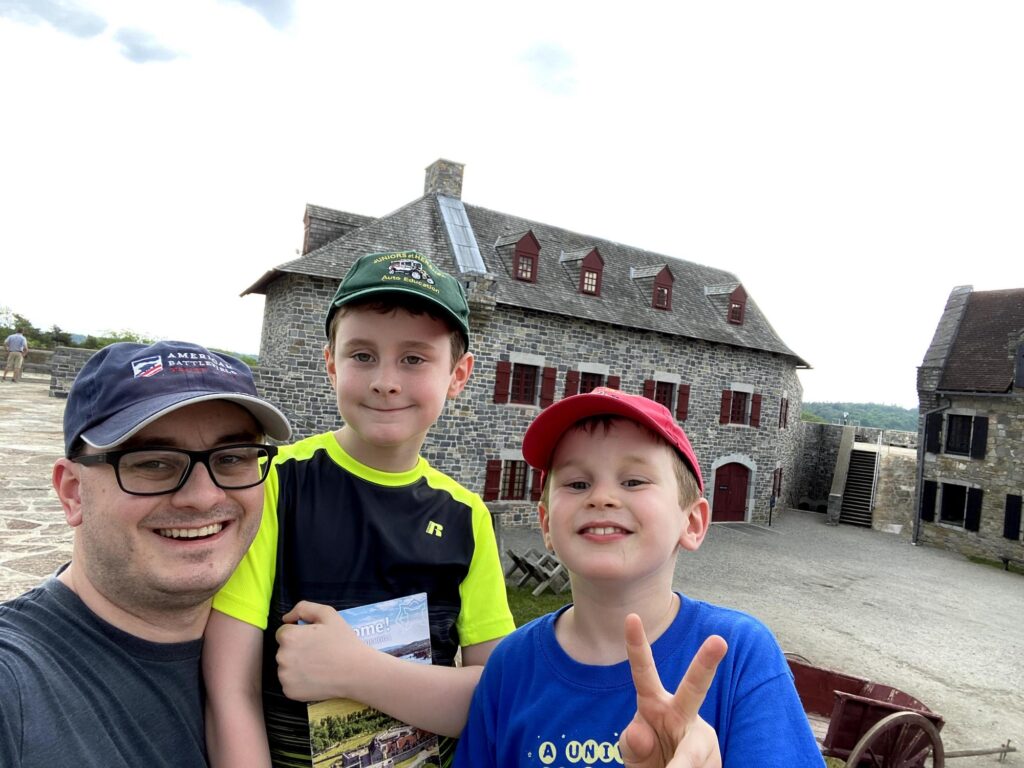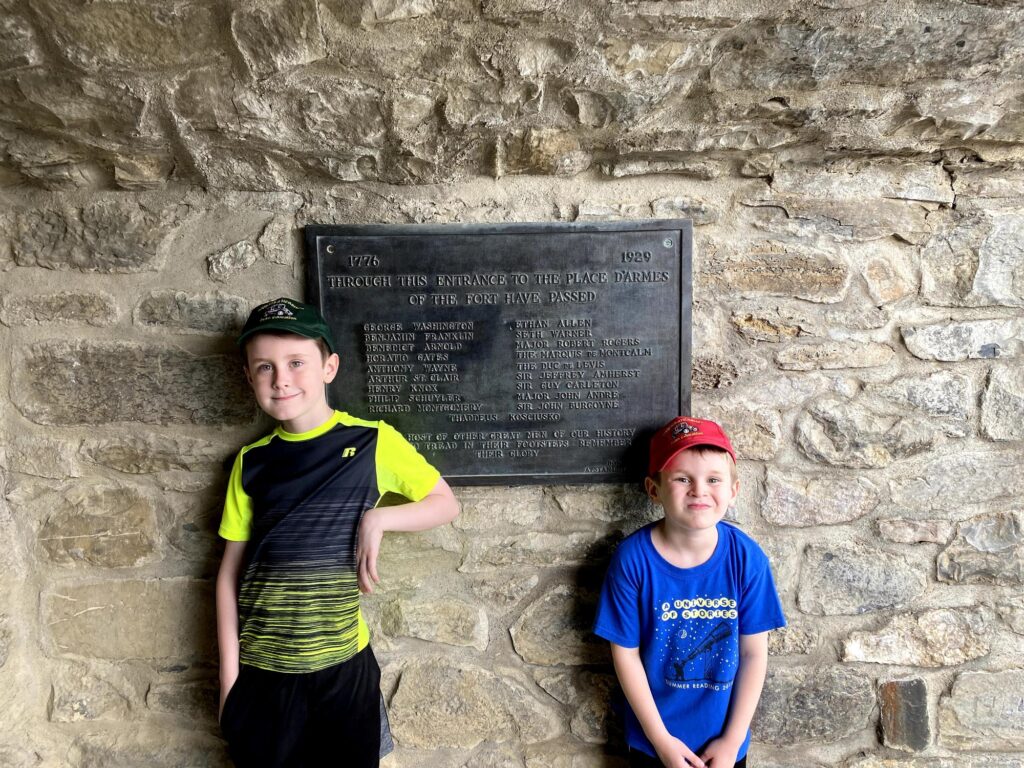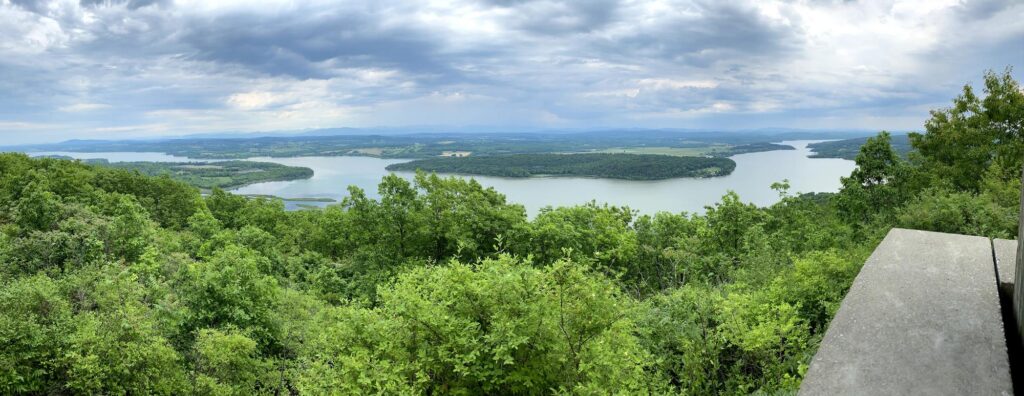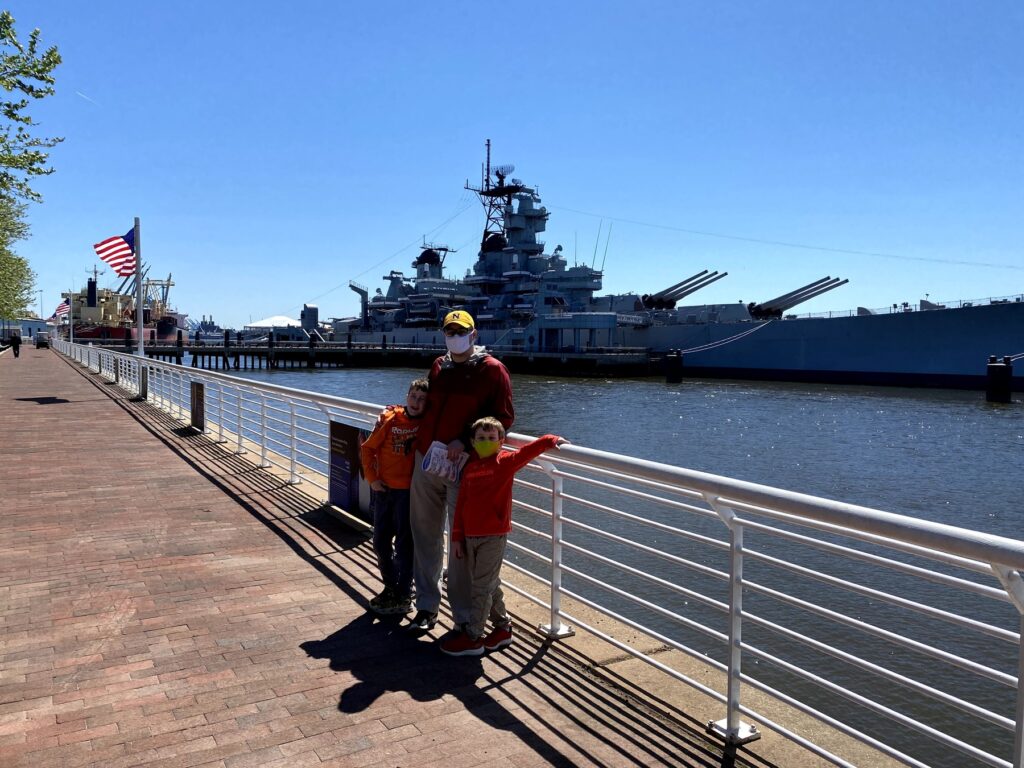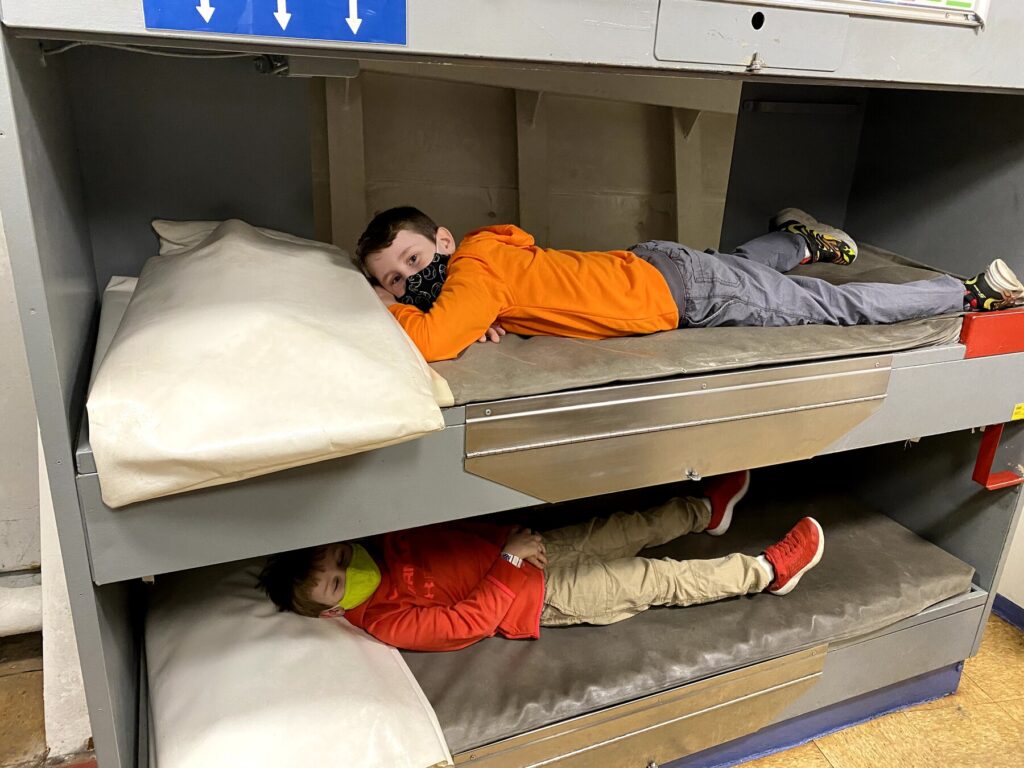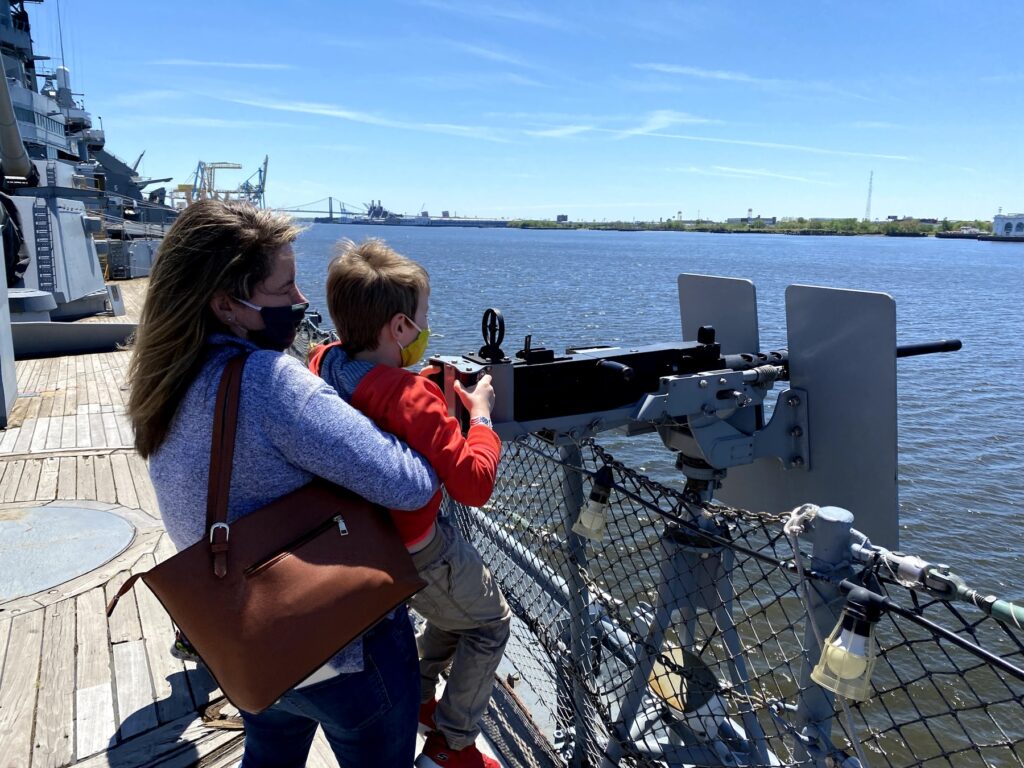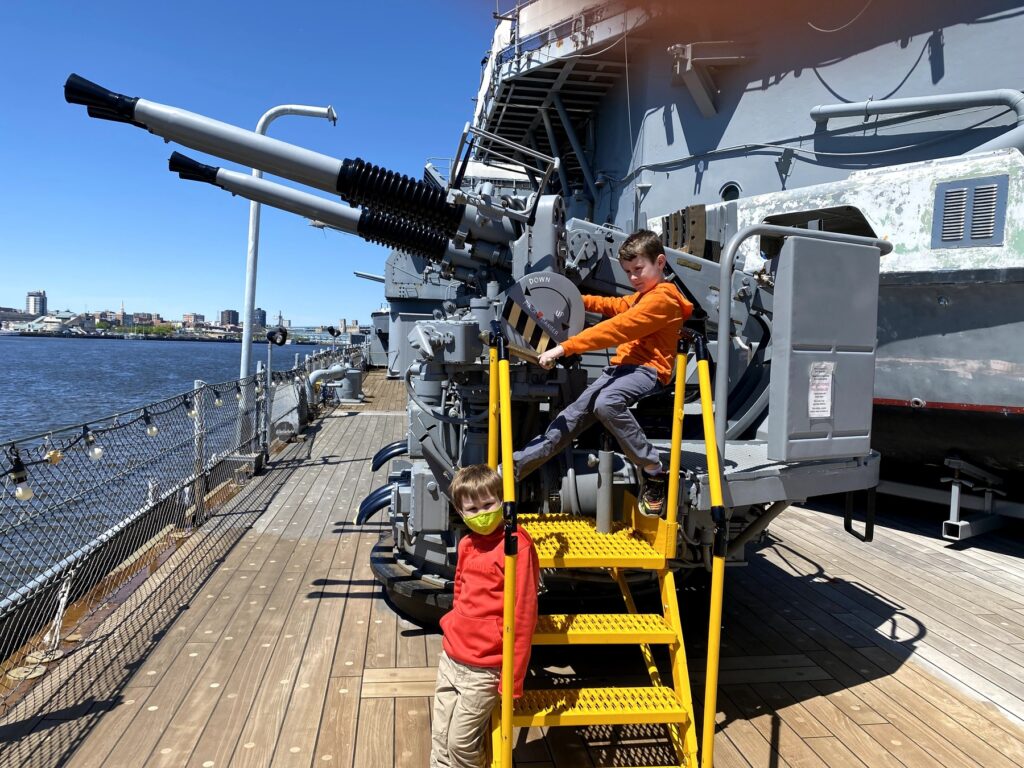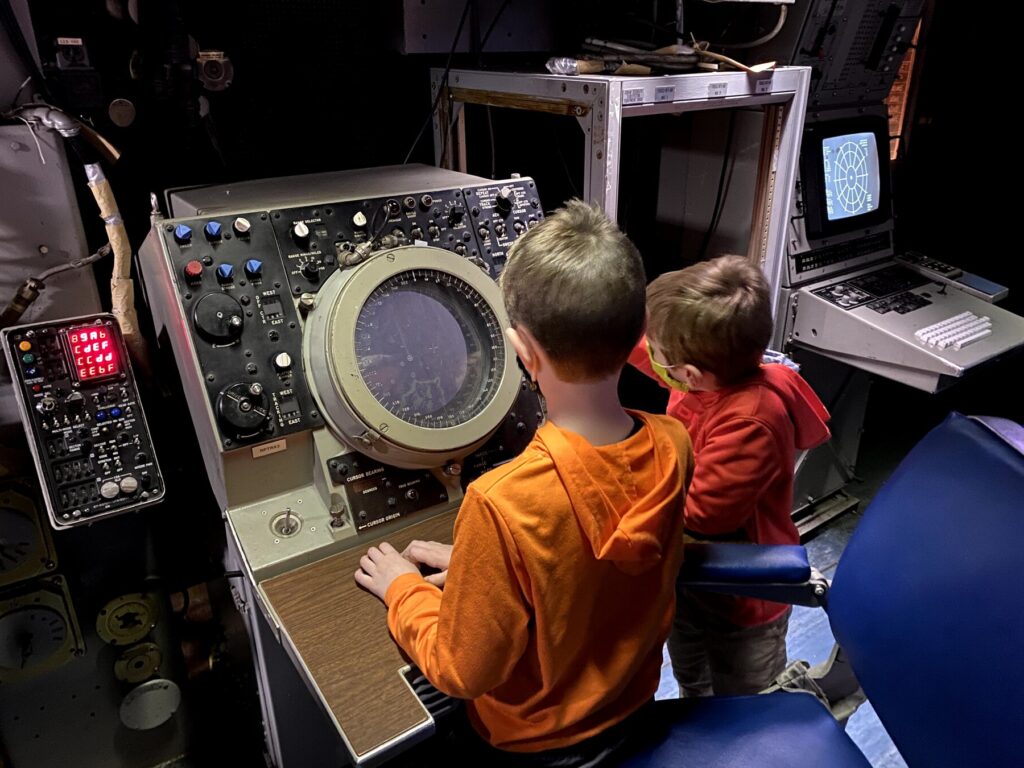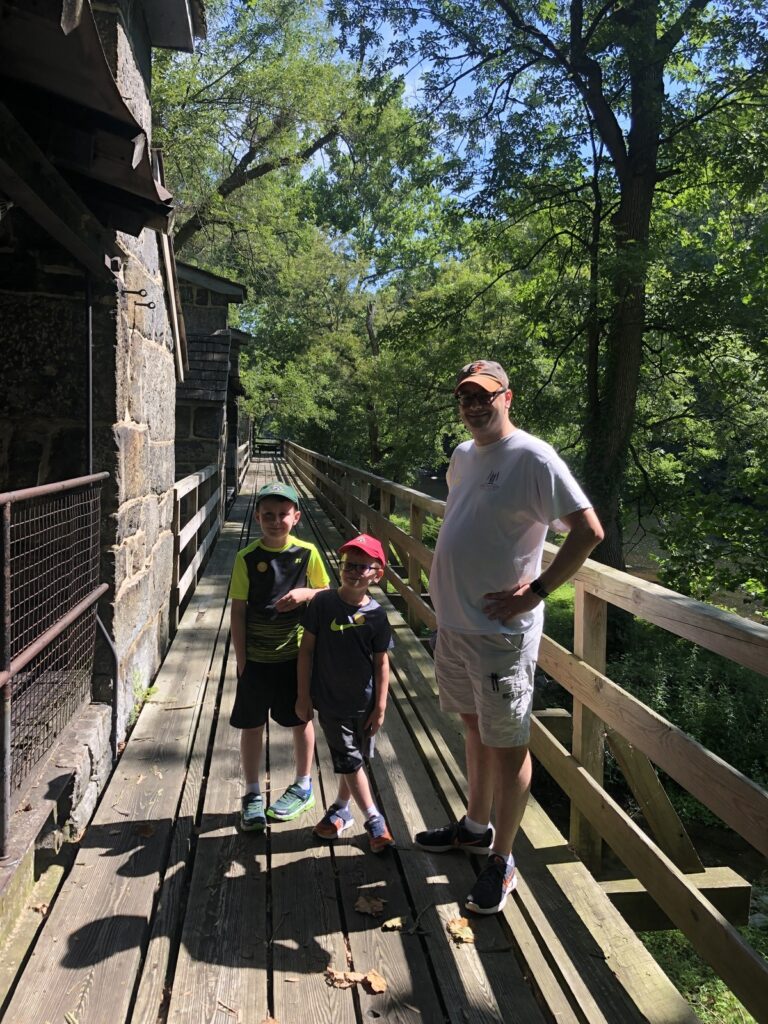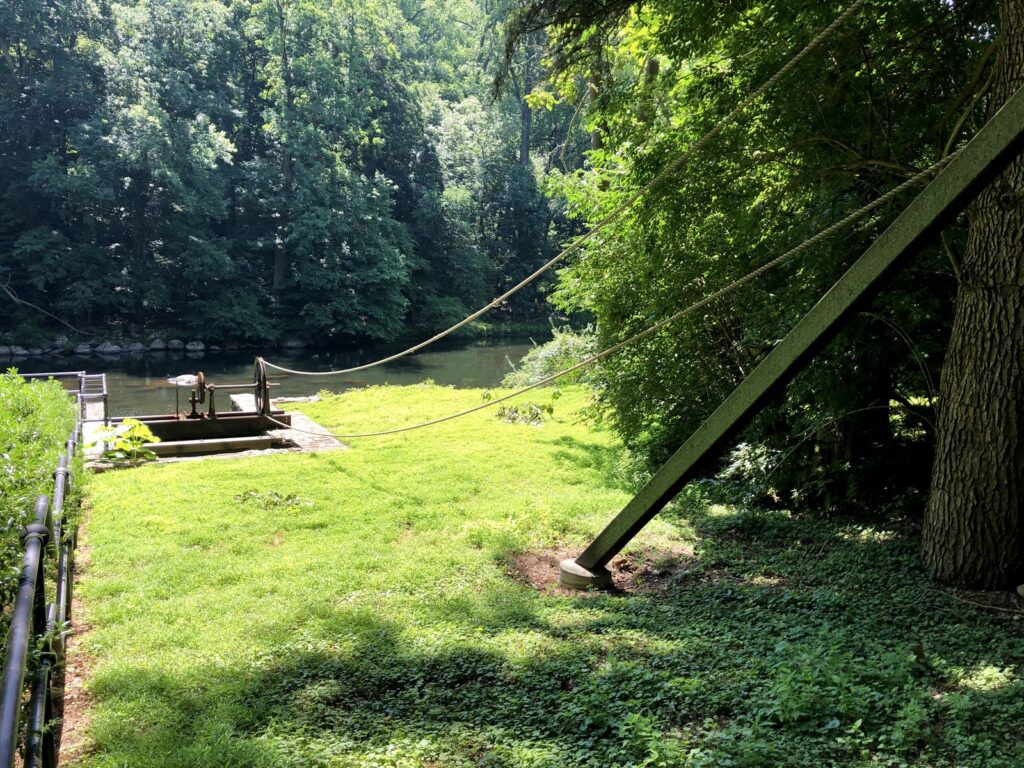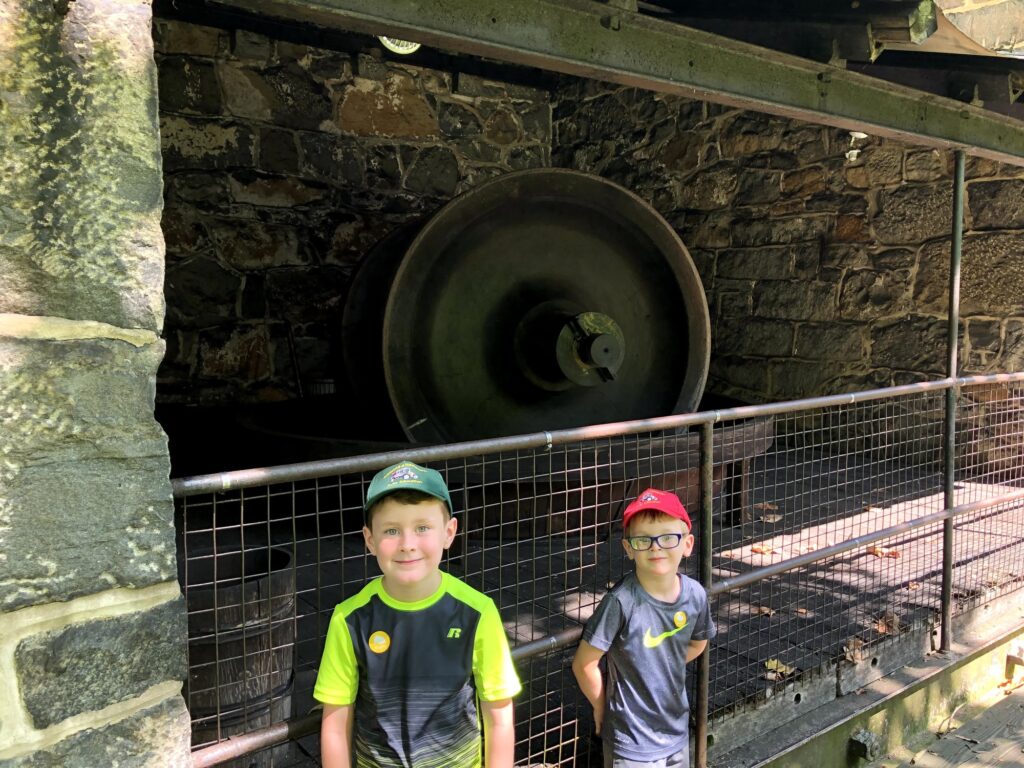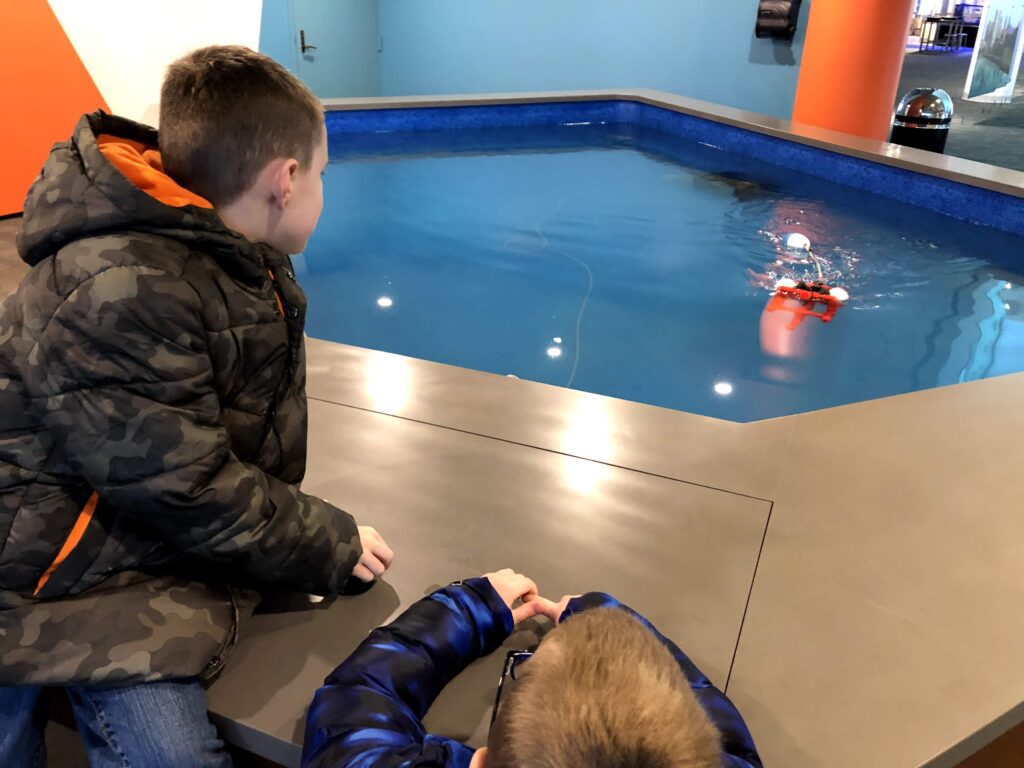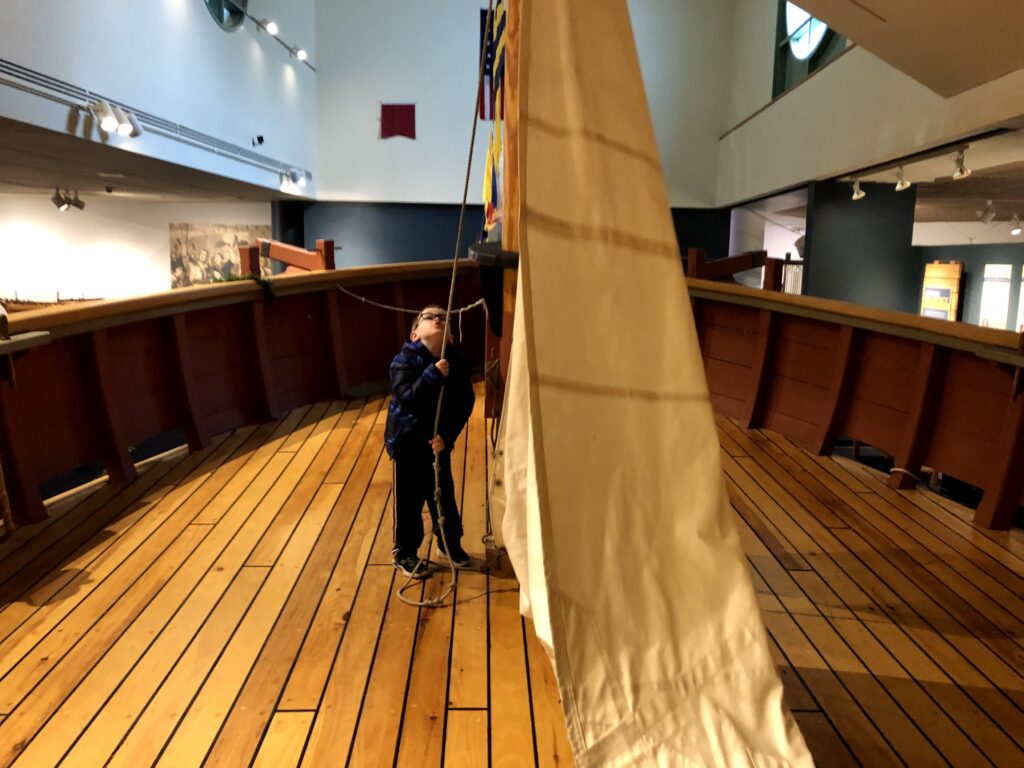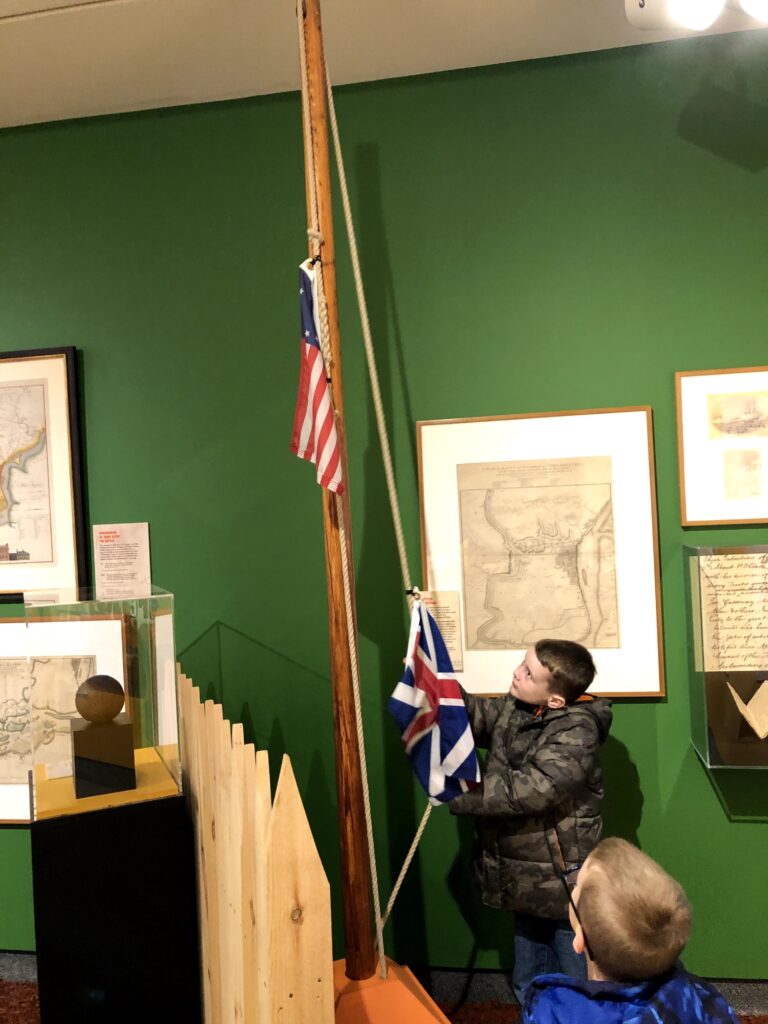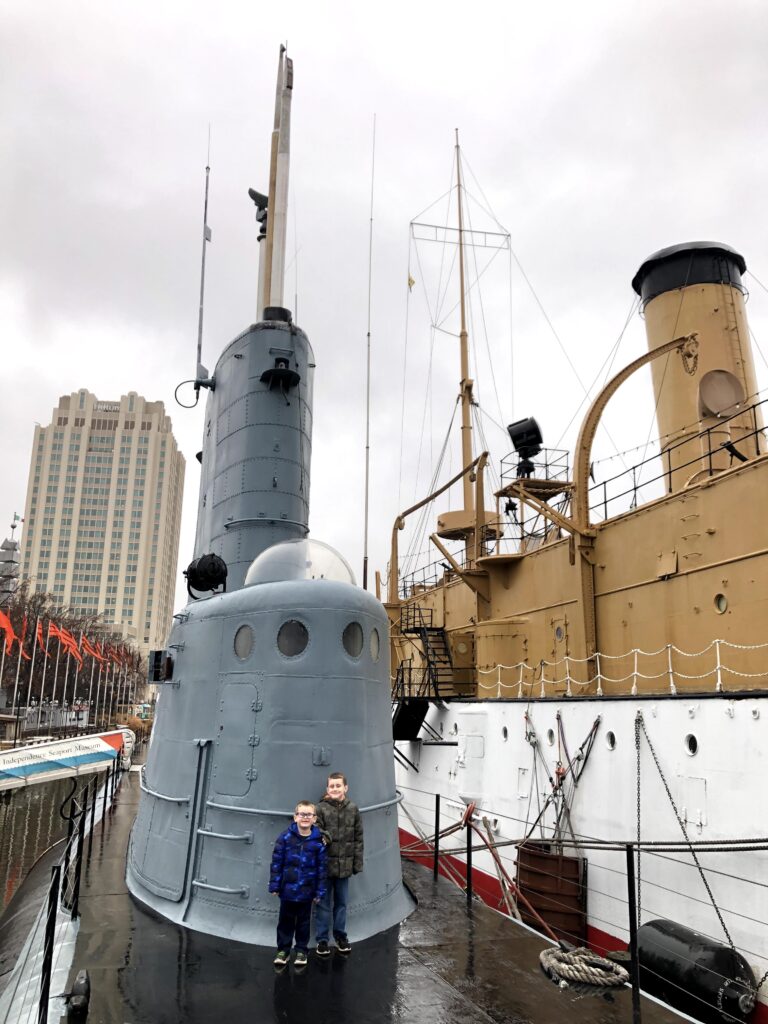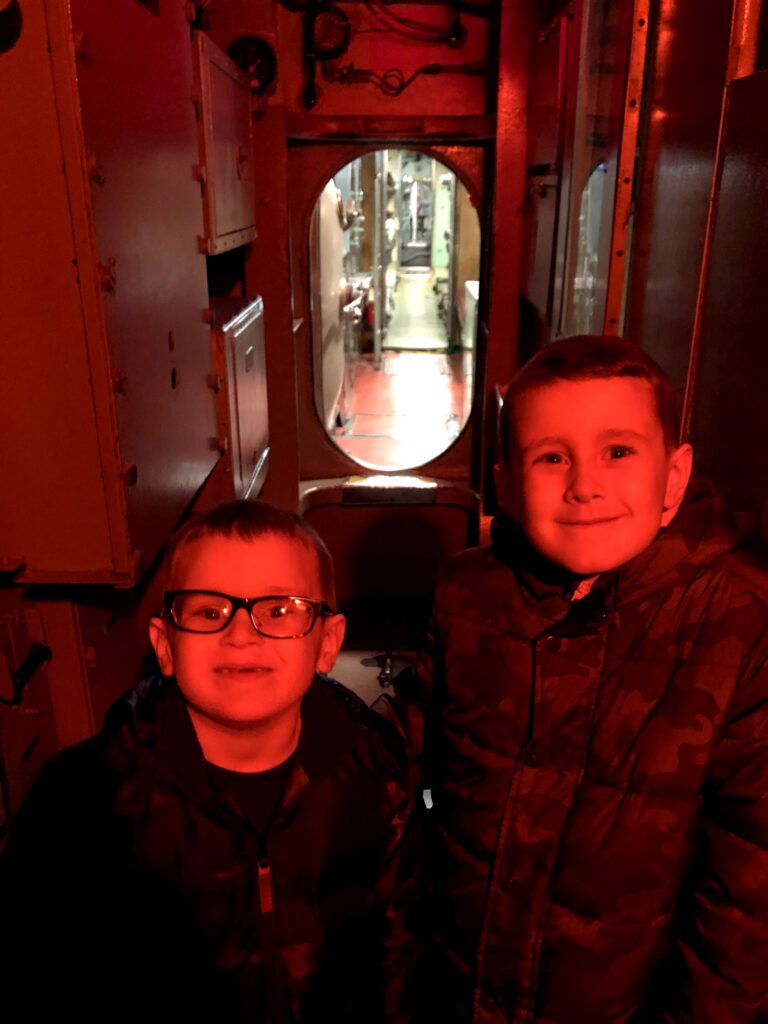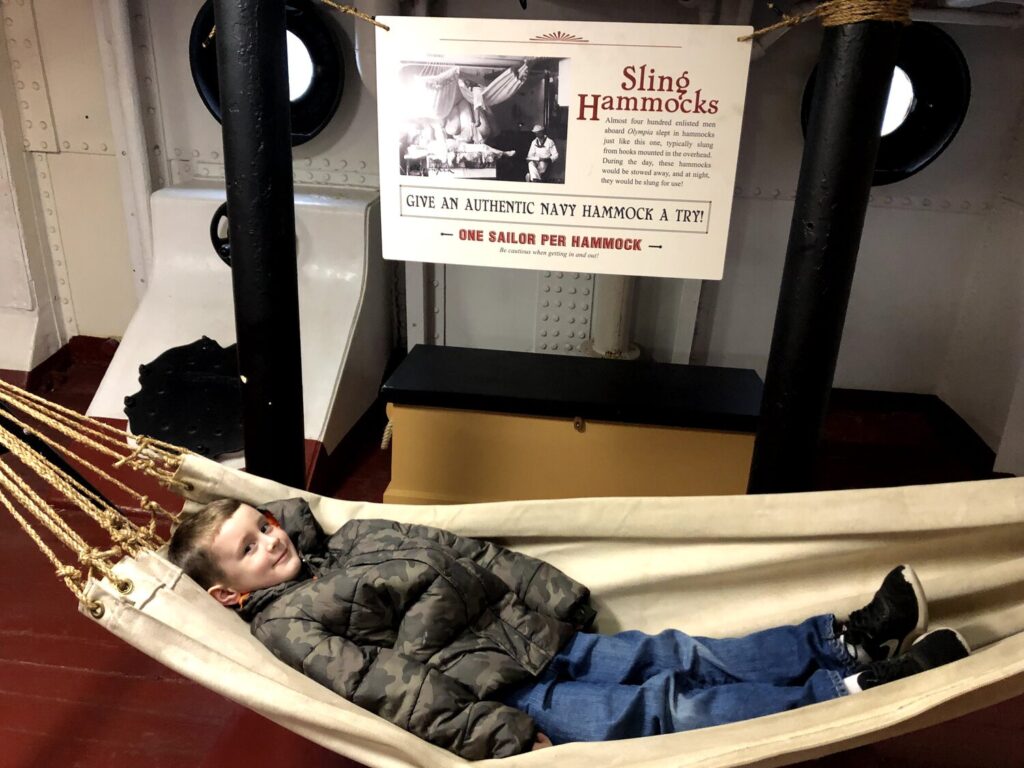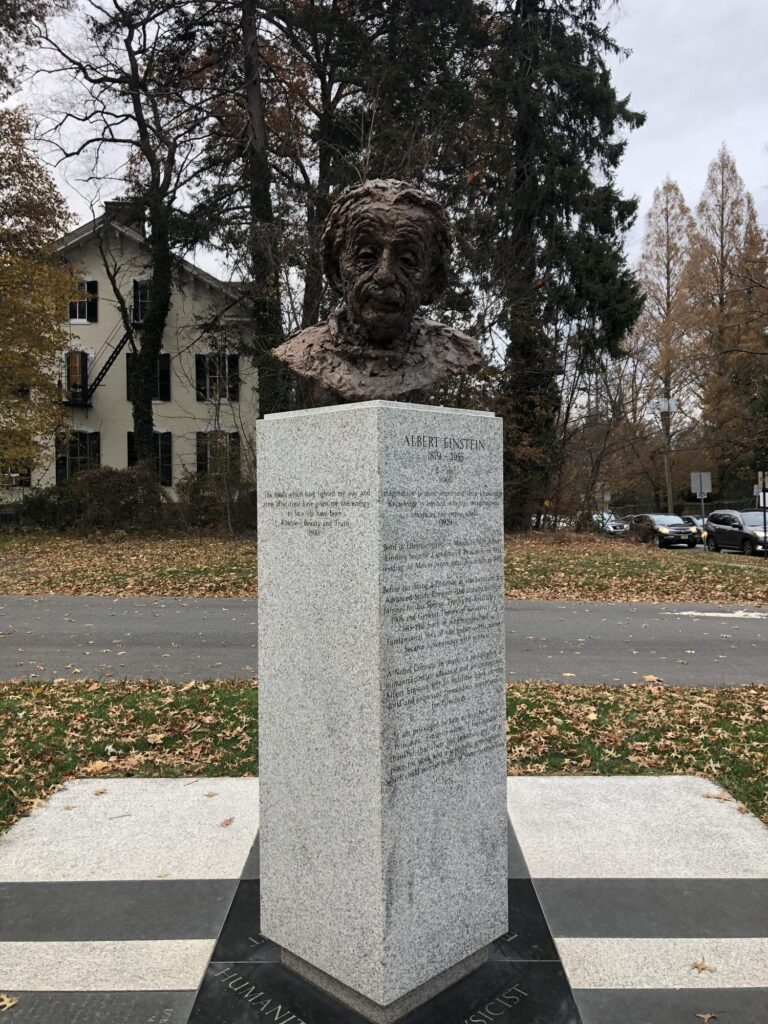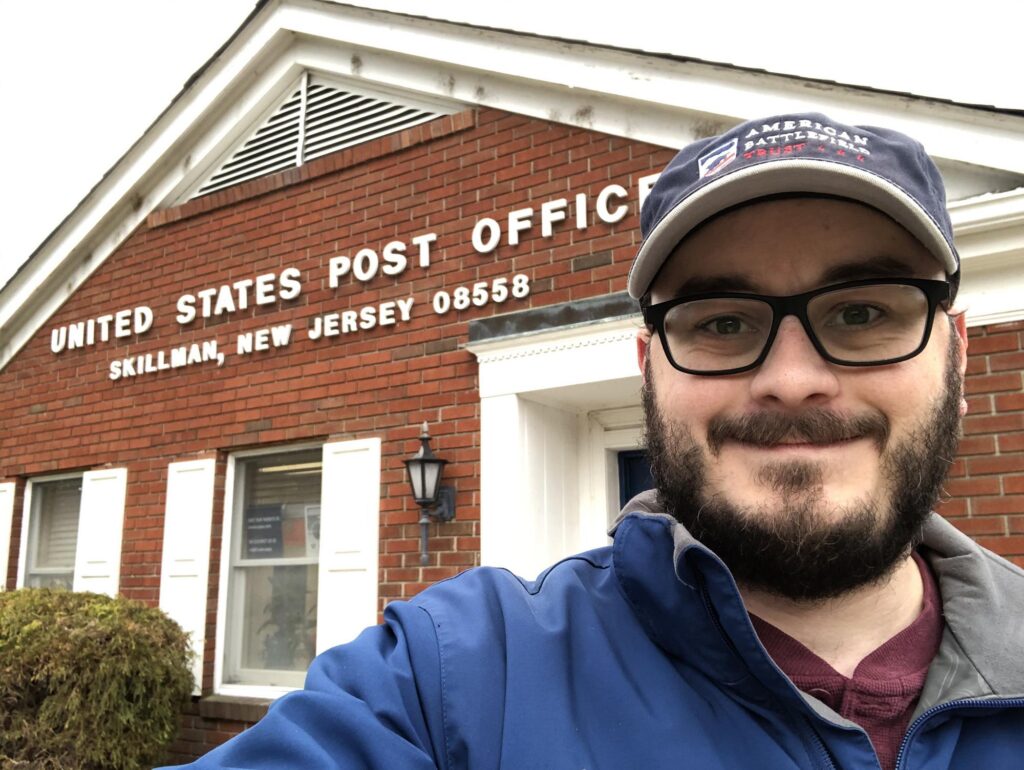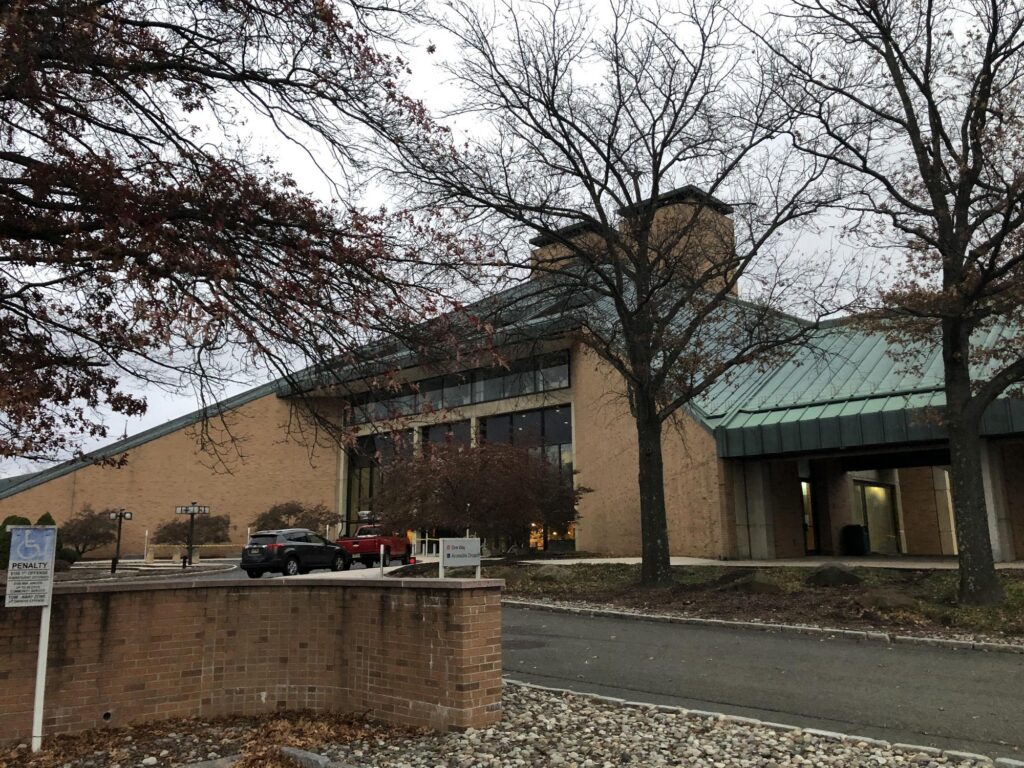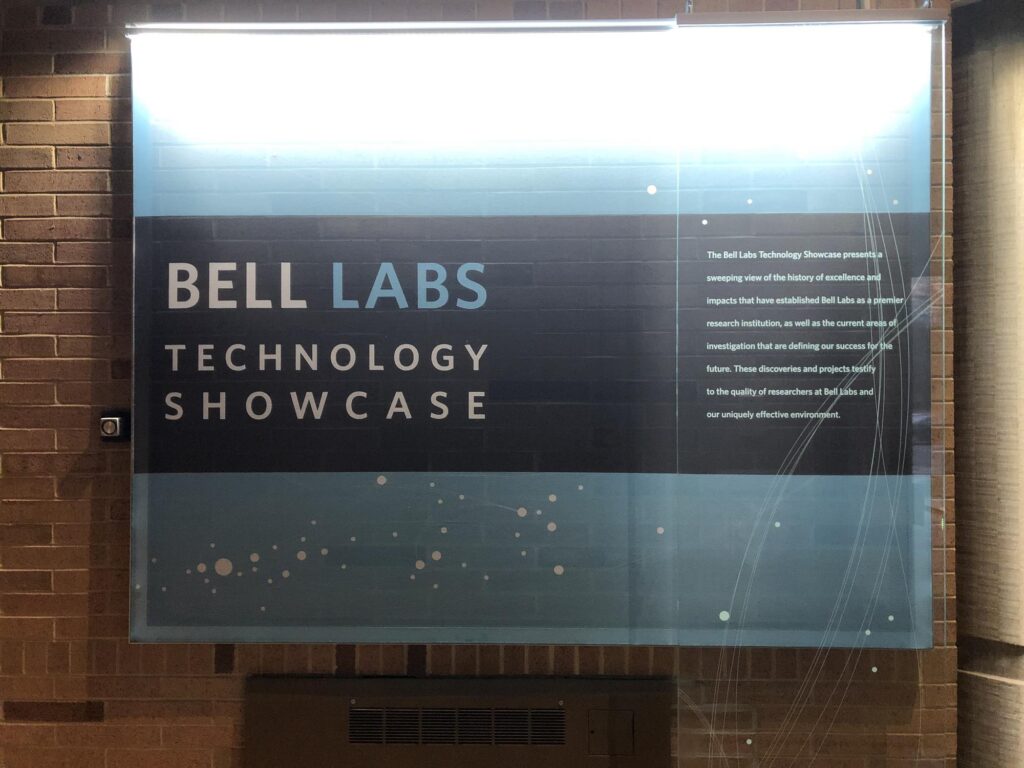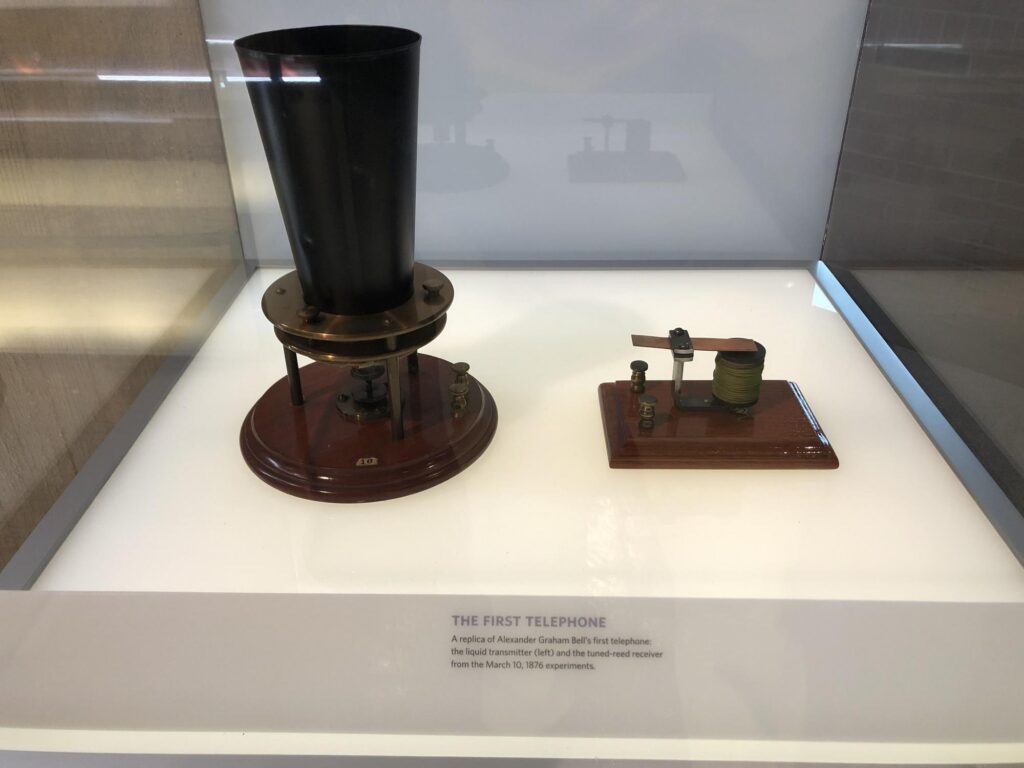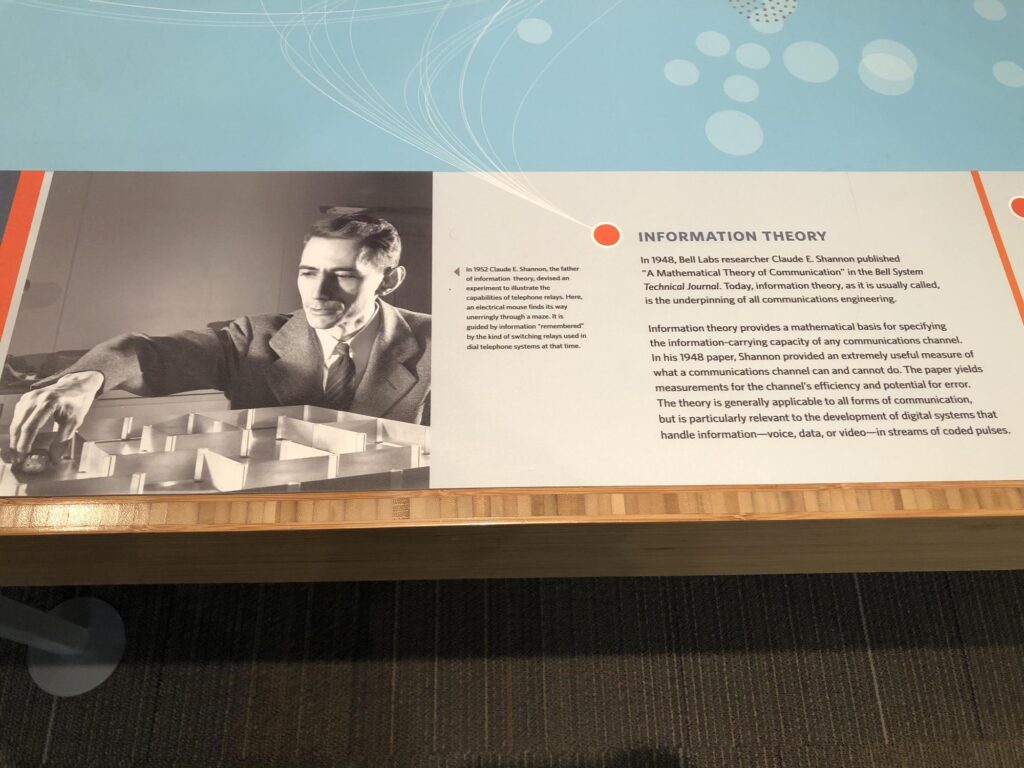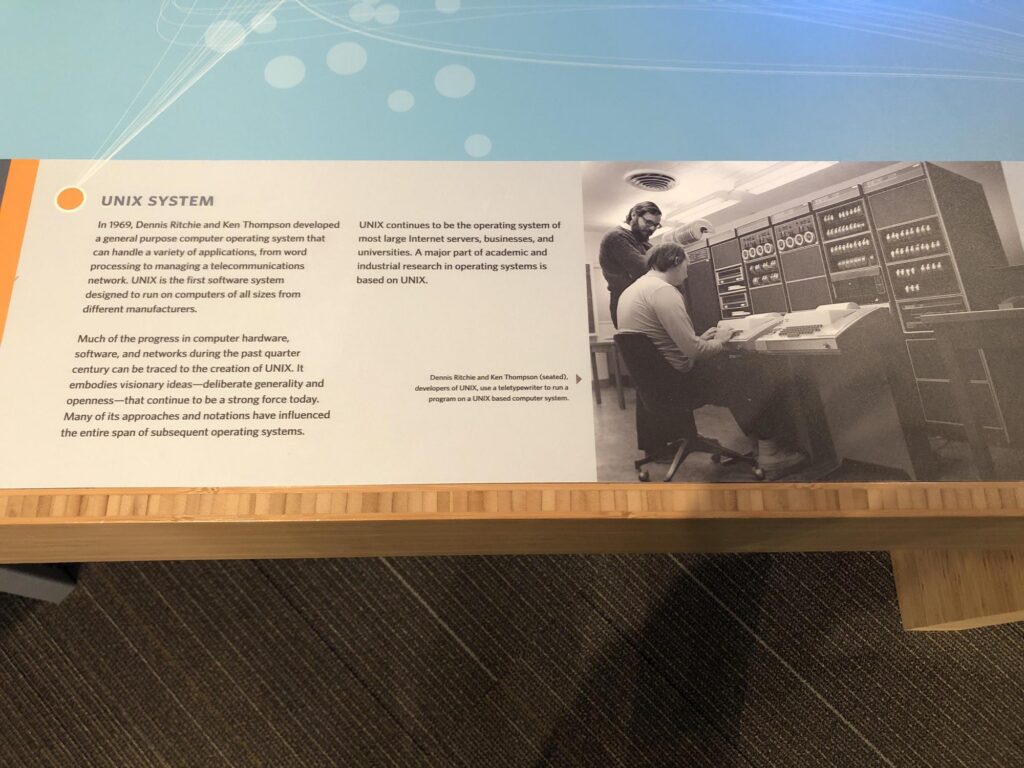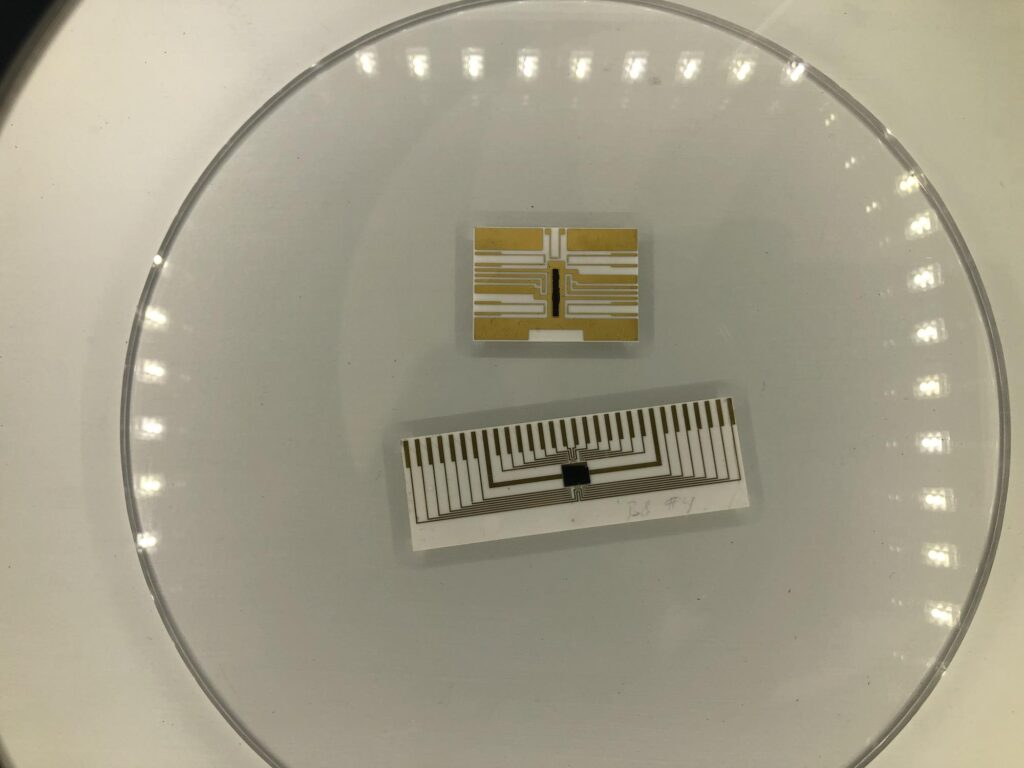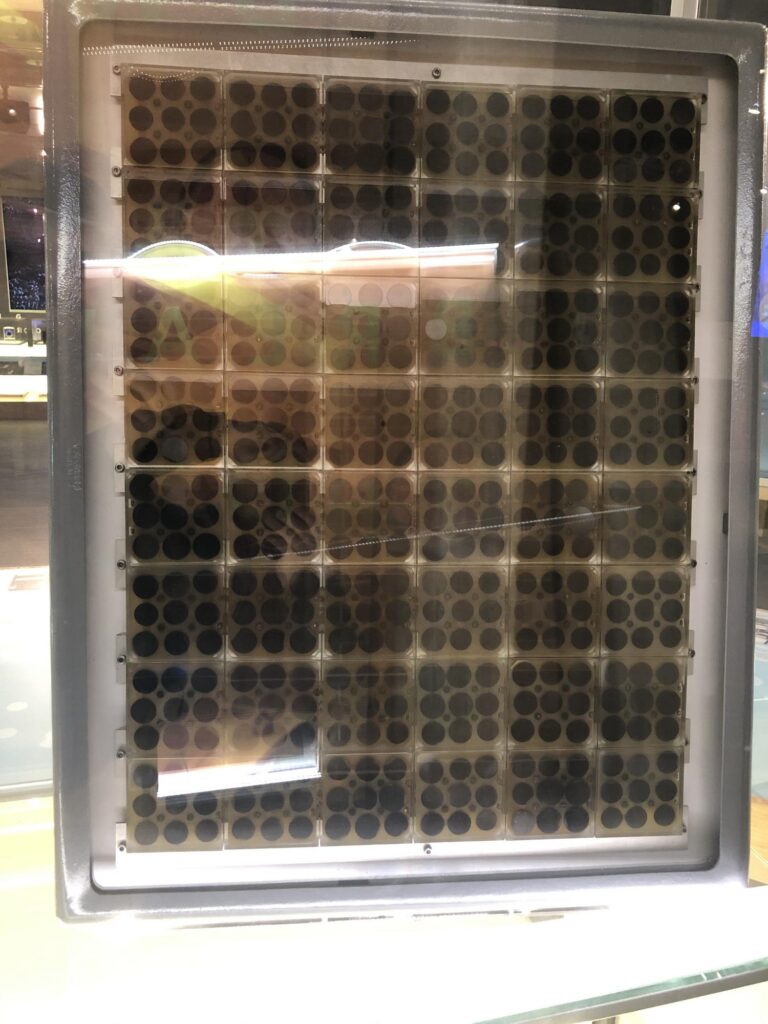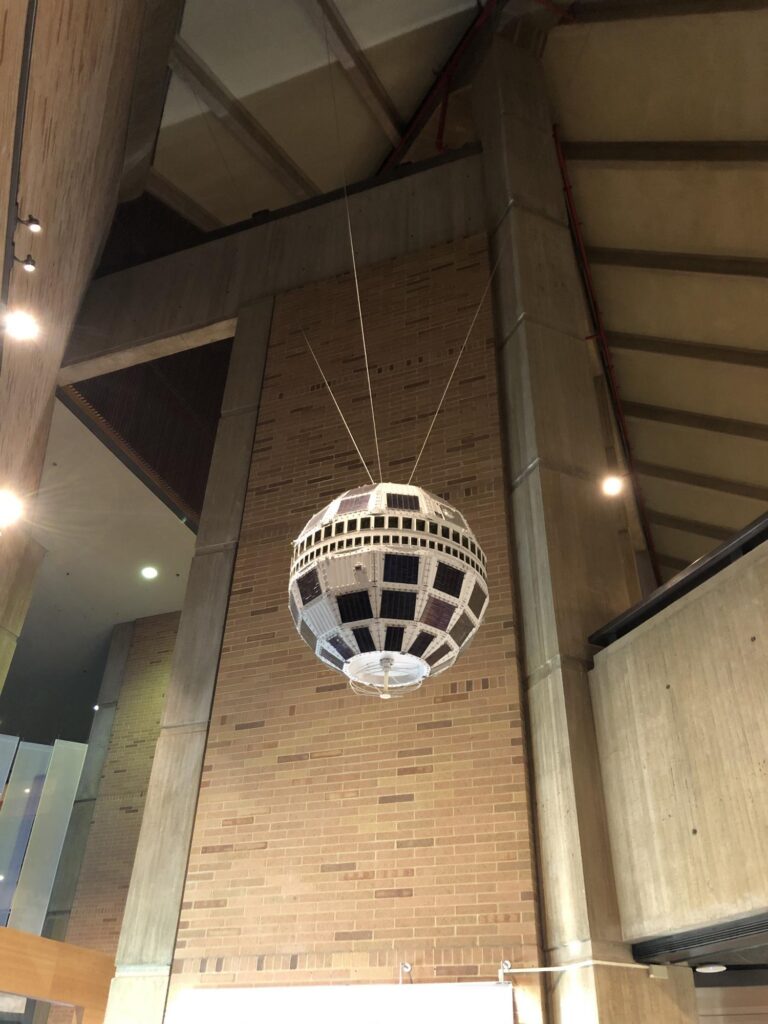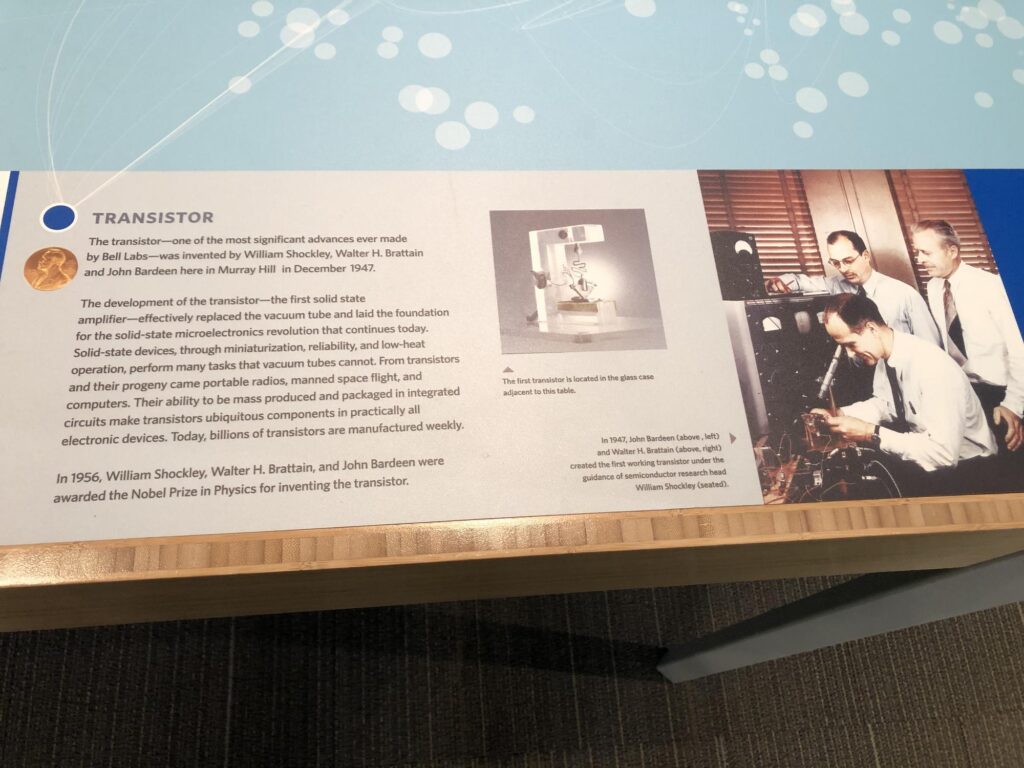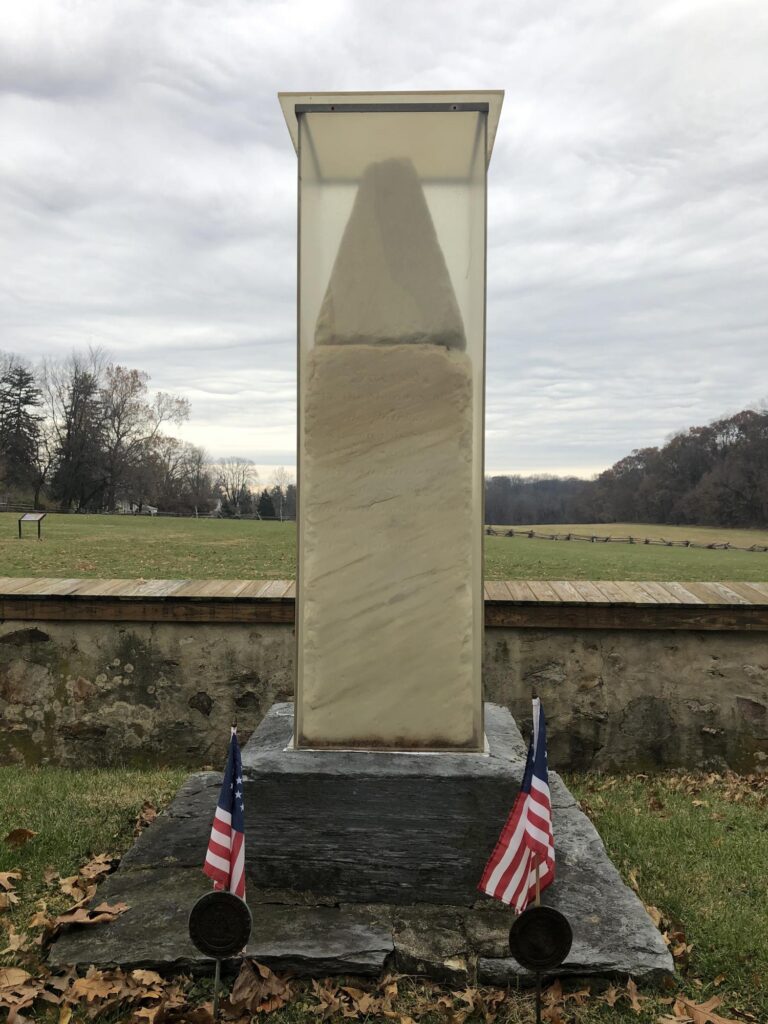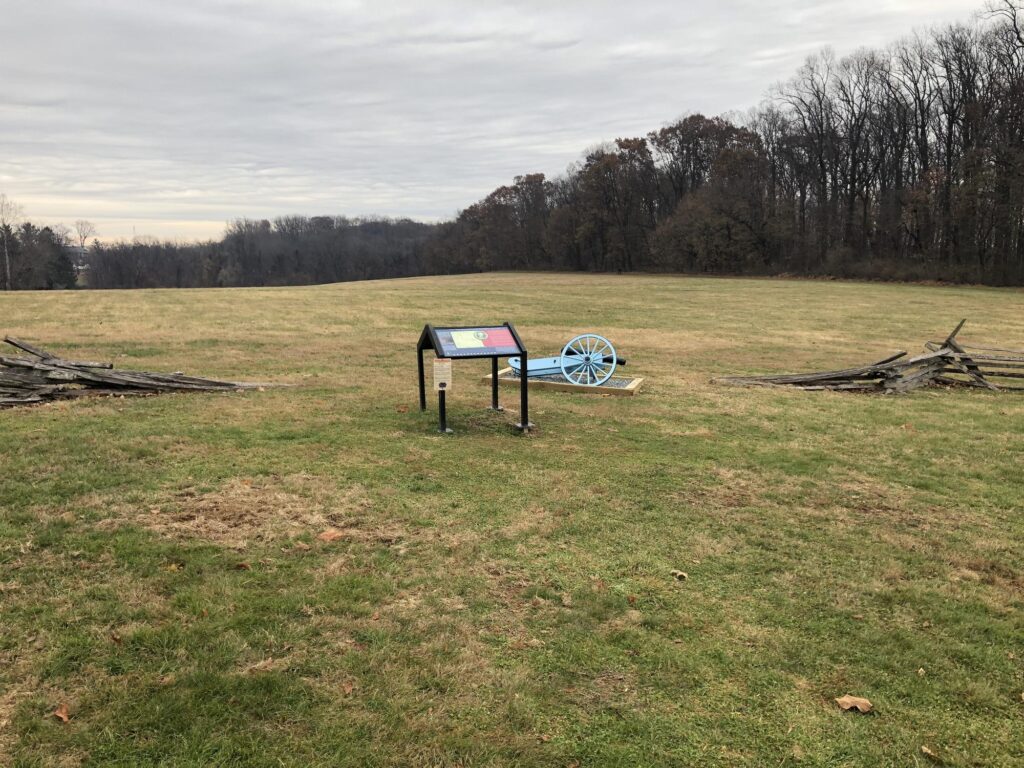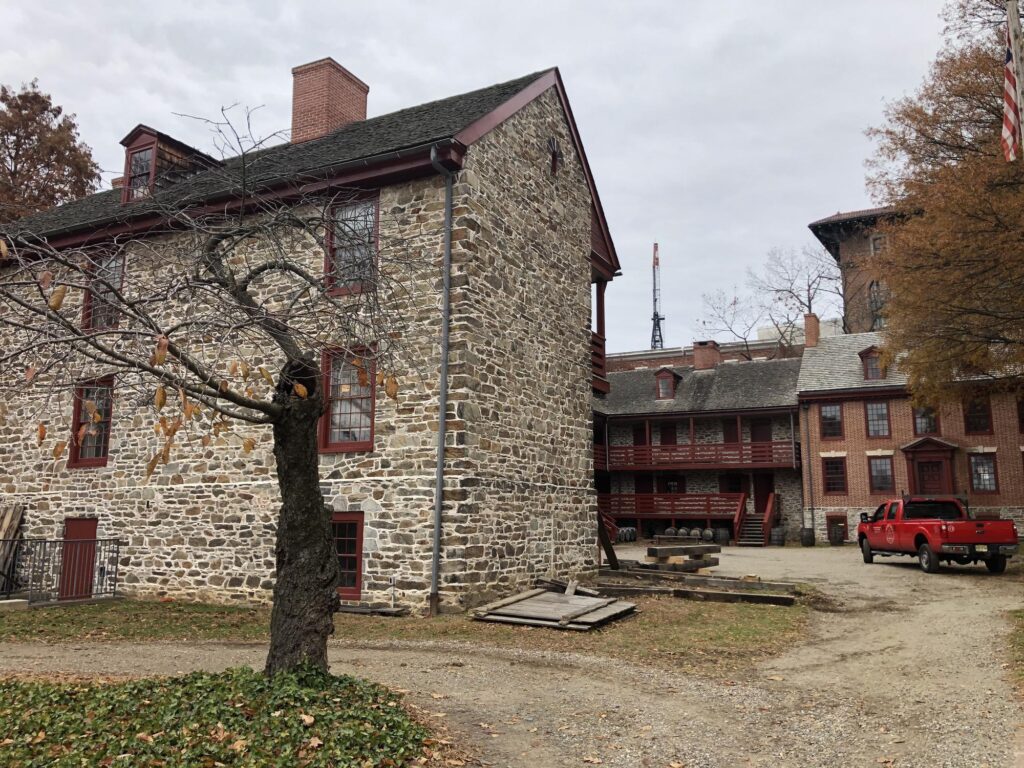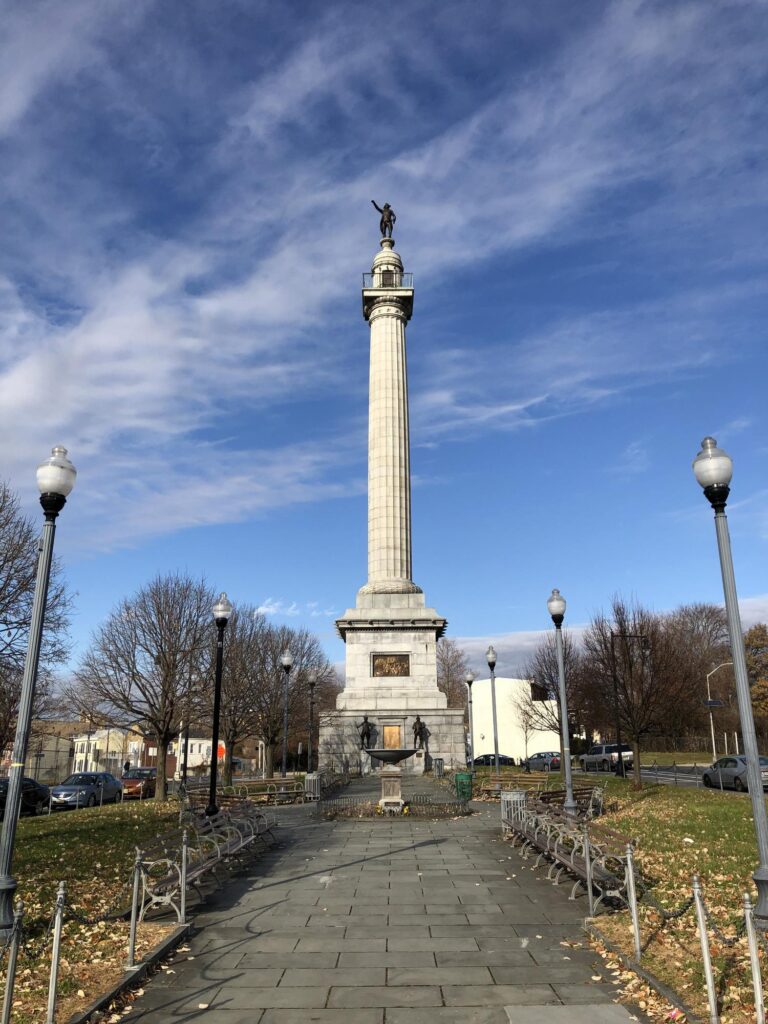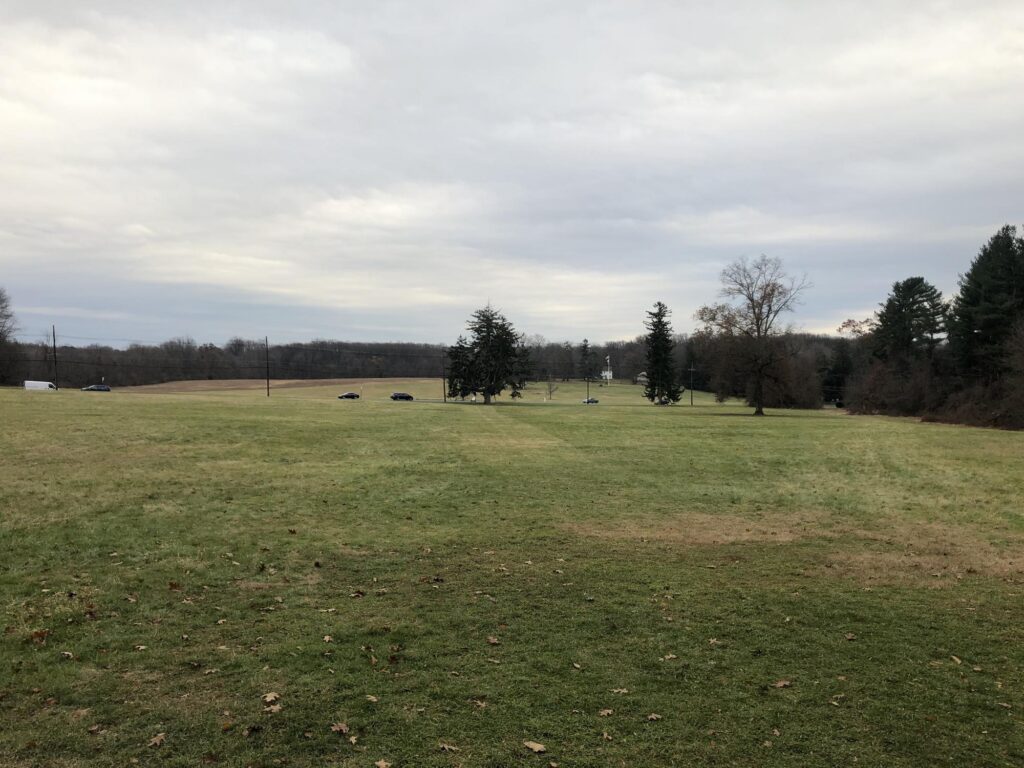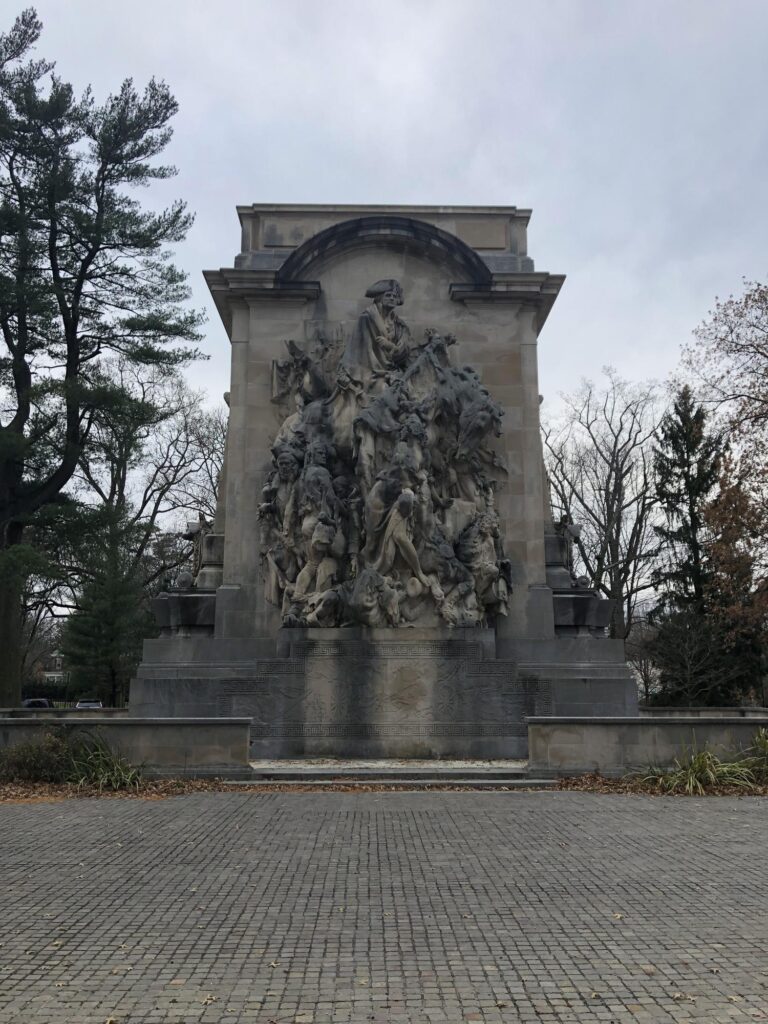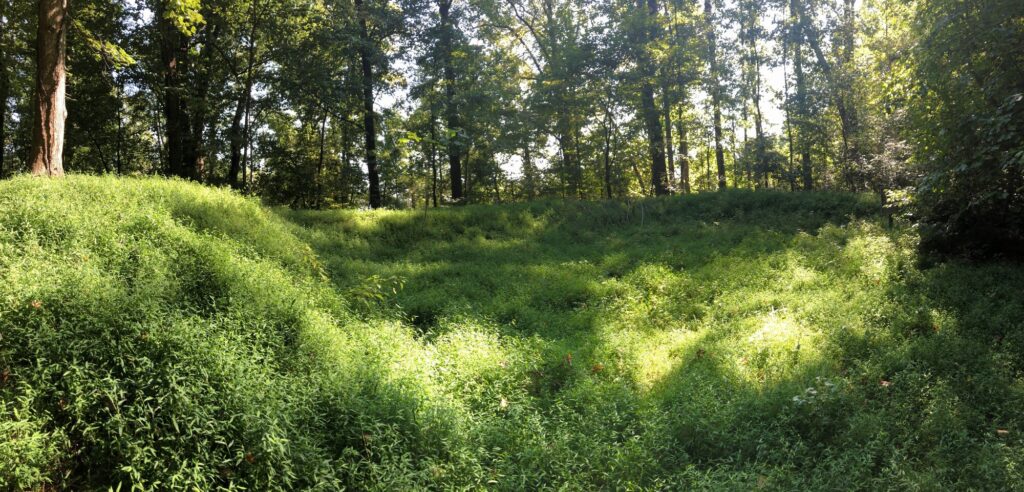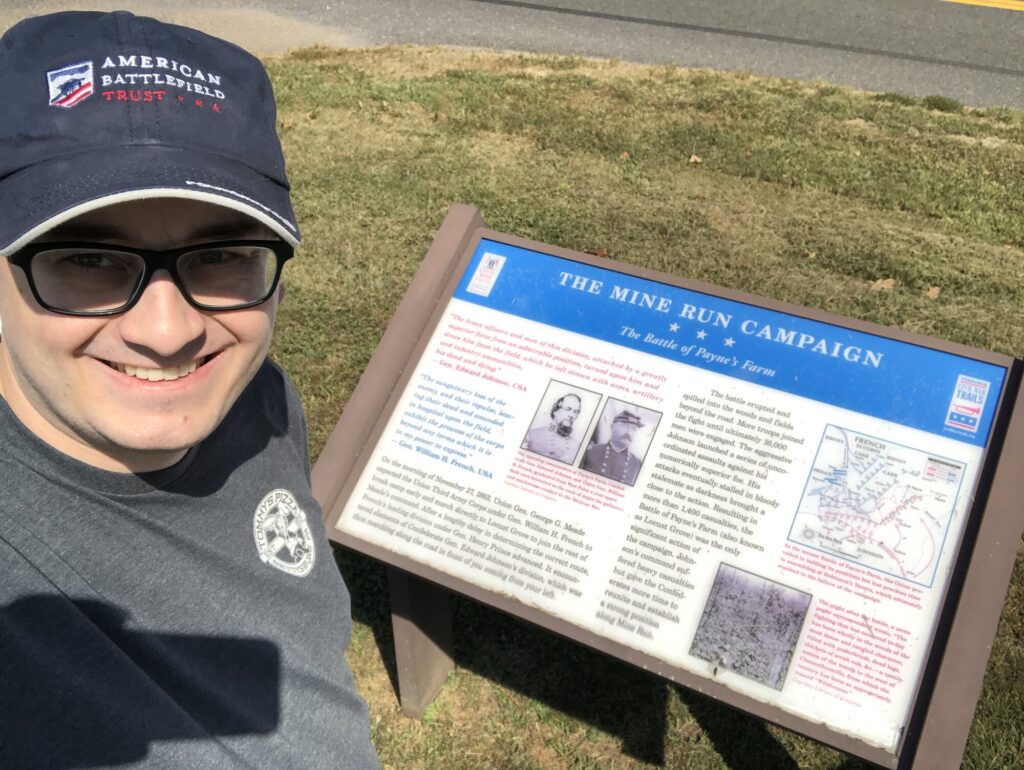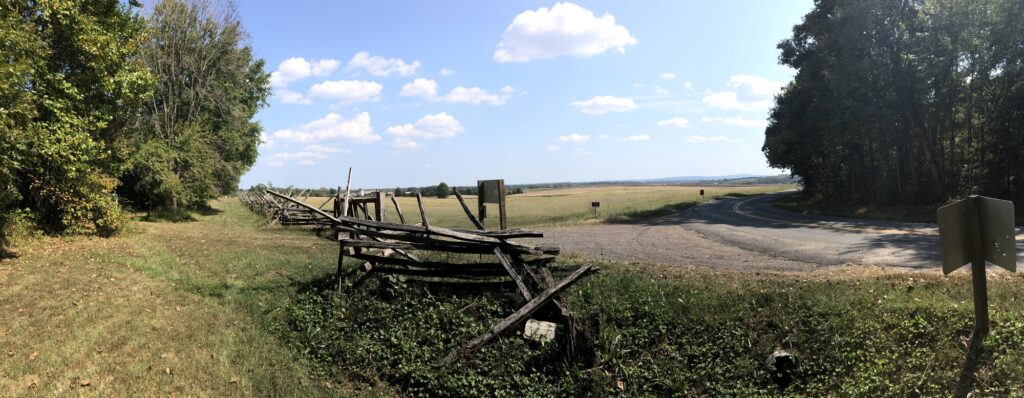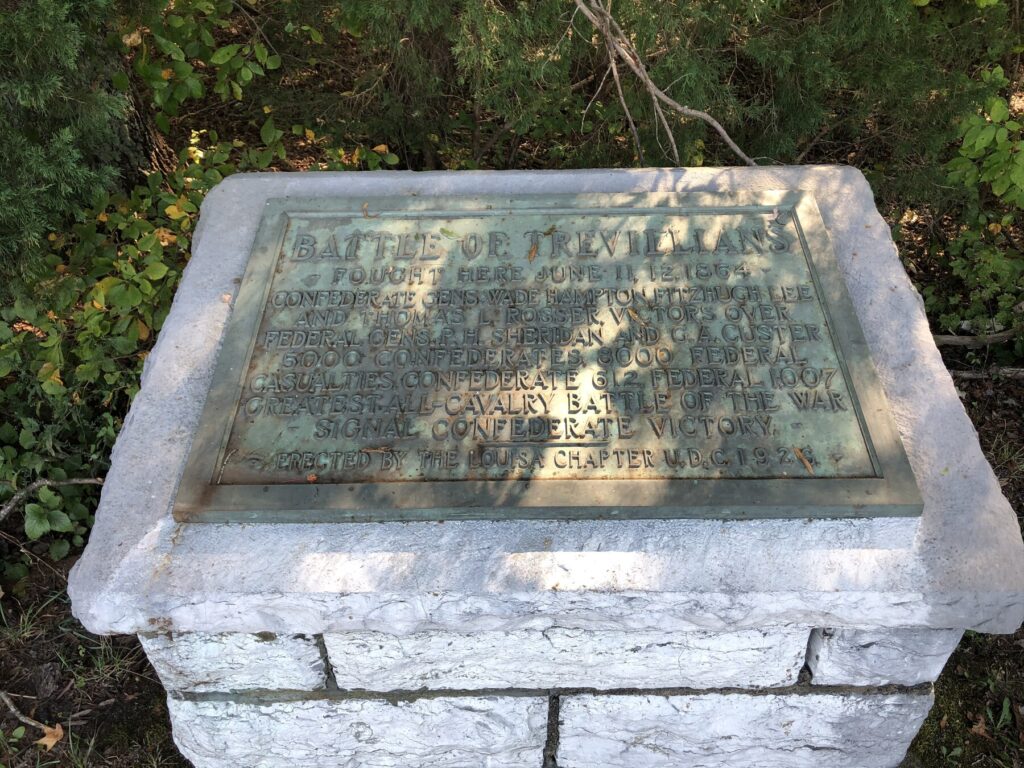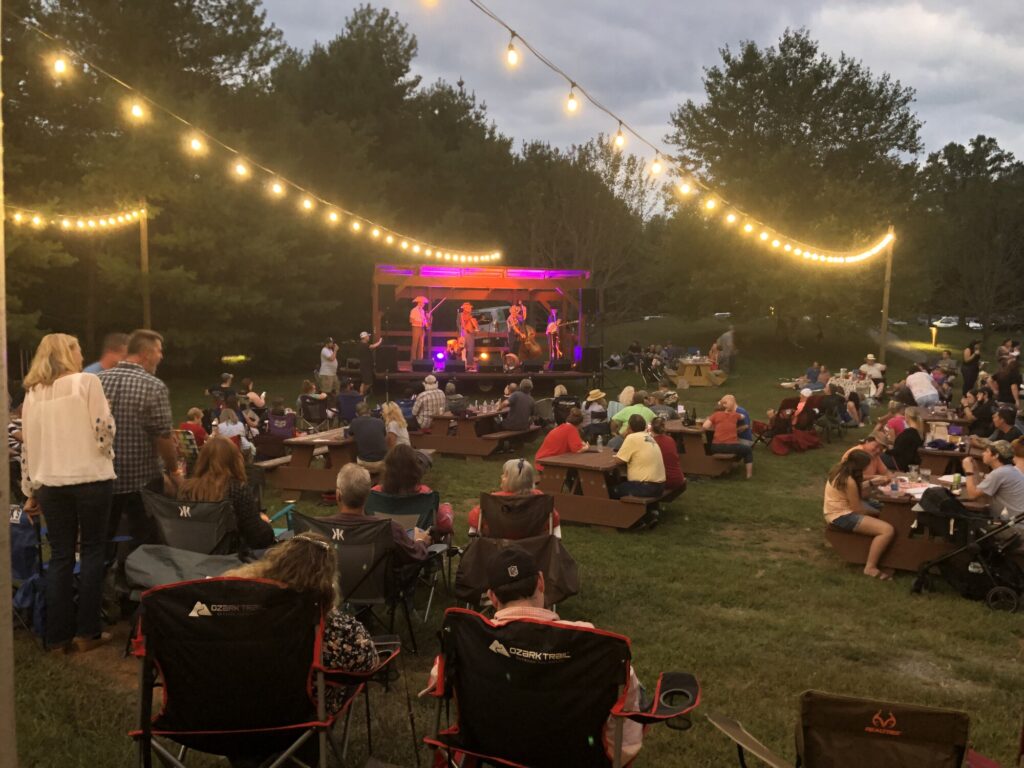USS Slater (DE-766)
From my travels, June 6, 2021.
For the final stop of our family road trip through New York, we had wanted to see a very unique museum ship: the Cannon-class Destroyer Escort, USS Slater (DE-766).
We got into Albany and were able to get tickets for the 2:30pm tour. It was crazy hot that day, but the ship really felt alive as there was a team of volunteers aboard doing various restoration projects. Some of them were even cooking their dinner in the galley. That was pretty cool to see.
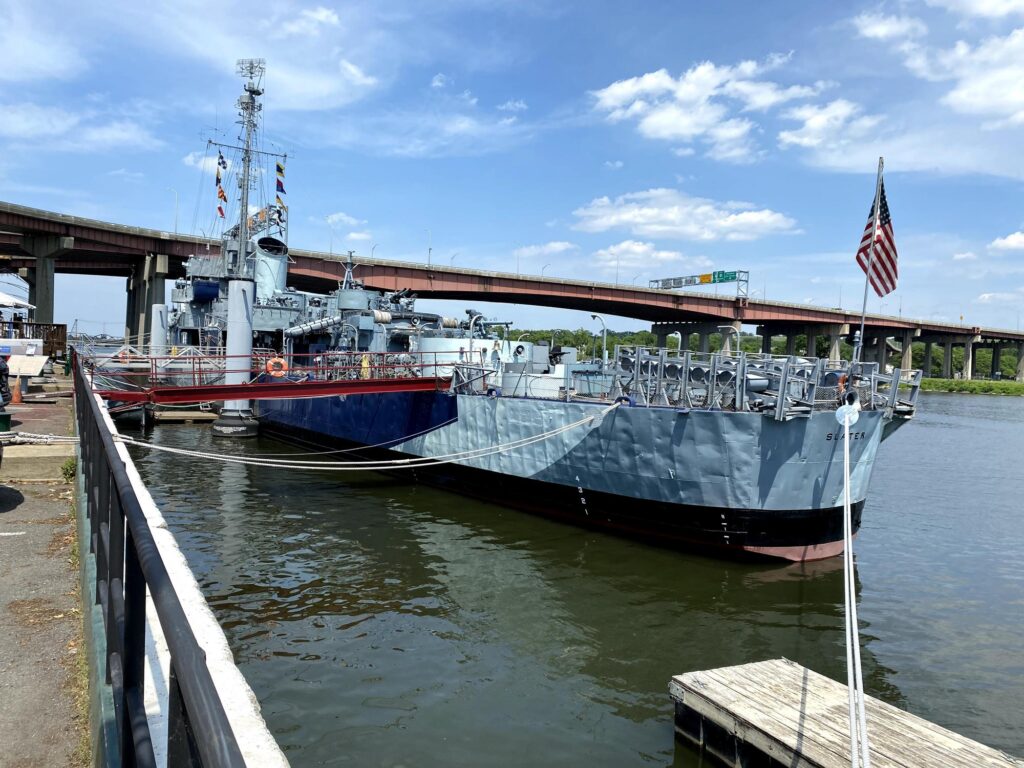
Our tour guide did a really good job. There was a brief introductory film in the visitors center / gift shop and then we were taken aboard.
Over 500 destroyer escorts were built during WWII in order to protect convoys of supply ships from attacks by submarines and aircraft. Slater is the only one that still survives, owing to the fact that she served with the Greek Navy for a number of years during the Cold War. A group of preservationists bought her and have been restoring her to the appearance she had during WWII. The other challenge they have is the almost constant need for repairs as these ships were built very quickly without longevity in mind. Apparently one of these warships was even completely built from scratch in just over 23 days. The whole story is a testament to American industrial might during the wartime years.
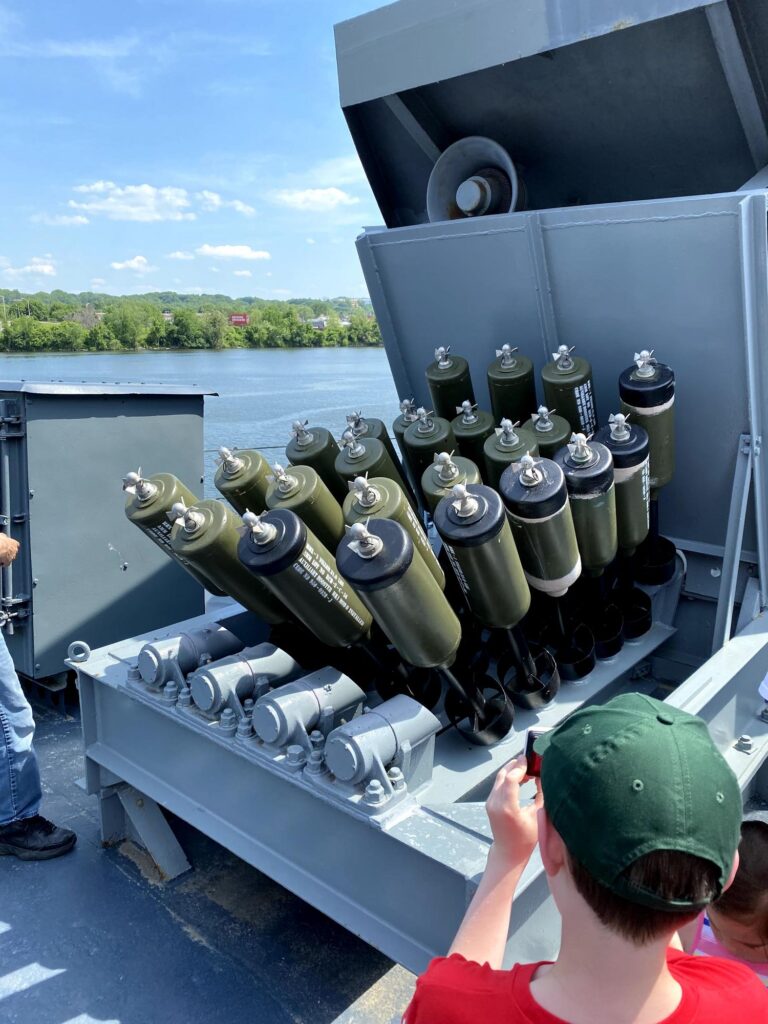
For being such a small and quickly-built ship, she was very well armed. Probably the coolest weapon system we saw was the hedgehog mortar – an anti-submarine that shot a ring of depth charges ahead of the ship. My boys also enjoyed getting to see the radio room and the combat information center.

By the end, we were all pretty wiped-out by the heat that day. It was the only part of the experience that wasn’t top-notch.

